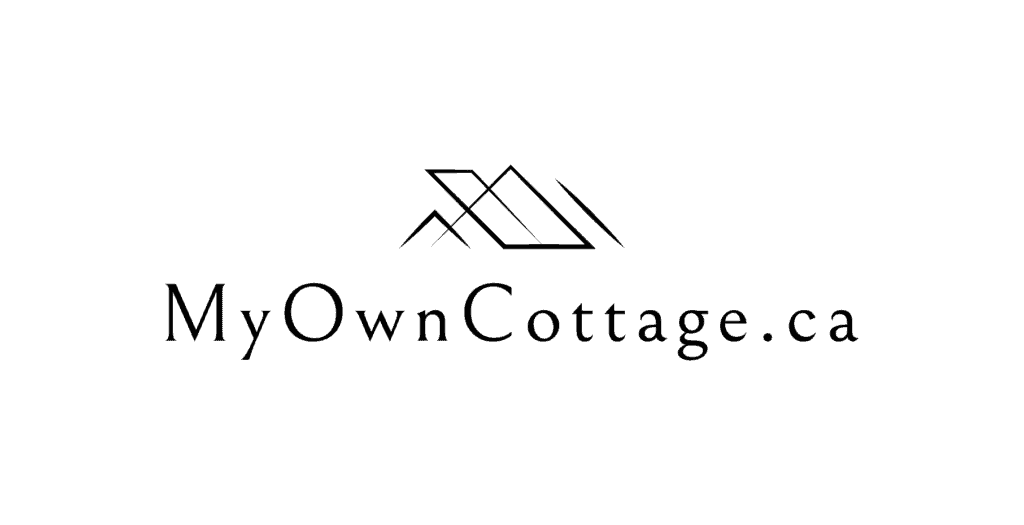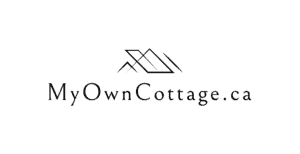Prefab Homes for Sustainable Living
Discover the benefits of prefab homes for sustainable living.
Learn about the advantages of energy-efficient designs, eco-friendly materials, and modular construction.
Sustainable prefab homes are the ideal choice for a greener, more sustainable future.
Home » Prefab Homes for Sustainable Living
Sustainable Living with Prefabricated Homes
As more people prioritize environmental responsibility and energy efficiency in their daily lives, prefab homes are quickly becoming the go-to solution for sustainable living.
In point of fact, prefabricated homes offer a greener alternative to traditional construction methods.
Moreover, this is accomplished by reducing waste, improving energy efficiency, and using eco-friendly materials.
A Green Approach to Modern Homeownership
In this guide, we’ll explore the environmental benefits of Canadian prefab homes.
Moreover, we’ll be including energy savings, sustainability, and the minimal environmental footprint they offer.
Whether you’re building your dream home in British Columbia, Nova Scotia, or Saskatchewan.
A prefab home might be the perfect choice for your new sustainable home.
Below, let’s explore why understanding sustainable features in Canadian prefab homes is key to leveraging their innate eco-friendly advantages.
The Environmental Benefits of Prefab Homes
Energy Efficiency
One of the biggest advantages of prefab homes is their energy efficiency.
Built in a controlled environment, these homes are designed with superior insulation, energy-efficient windows, and high-quality materials.
For reference, all of these features greatly help to minimize energy loss.
Many prefab homes are designed to meet or exceed the Passive House standard, which is one of the highest benchmarks for energy-efficient homes.
By using energy-efficient appliances and smart home technologies, prefab homes can significantly lower your heating and cooling costs.
Renewable Energy Solutions
The integration of renewable energy solutions, like solar panels and energy-efficient HVAC systems, is also common in prefab homes.
These homes often come pre-equipped with the tools necessary to reduce their overall carbon footprint.
Naturally, this is making them ideal for environmentally-conscious homebuyers looking to live sustainably.
Minimal Environmental Footprint
Prefab homes are also a more sustainable choice because they generate significantly less waste compared to traditional homes.
The manufacturing process of prefab homes is highly efficient and takes place in a factory setting, where materials are used precisely, leaving behind minimal waste.
In contrast, traditional home construction often involves significant waste on-site, including excess building materials and packaging.
Sustainable and Eco-Friendly Materials
Additionally, many prefab homes are built with sustainable, eco-friendly materials such as recycled steel, bamboo, and low-VOC paints.
These choices contribute to a healthier indoor environment and reduce the home’s overall environmental impact.
Water-Saving Features
Water conservation is another crucial aspect of sustainable living, and many prefab homes come equipped with water-saving appliances and systems.
Features like low-flow faucets, energy-efficient dishwashers, and rainwater collection systems are becoming increasingly popular in prefab construction.
By integrating these elements into the design, homeowners can reduce water usage, lower utility bills, and contribute to the preservation of local water resources.
Features of a Sustainable Prefab Home
Prefab homes offer a range of sustainable features that can be customized to suit the homeowner’s needs.
From custom design options to green roof installations, the possibilities are virtually endless when it comes to creating a sustainable living space.
Green Roof Options
Green roofs are an innovative and eco-friendly feature that can be added to many prefab homes.
Moreover, these roofs provide additional insulation, reduce stormwater runoff, and improve air quality by absorbing carbon dioxide.
In addition, they also create a beautiful, natural space for growing plants or even small gardens.
Passive House Design
Many prefab homes are built to meet Passive House standards, which emphasize airtight construction, superior insulation, and energy-efficient windows.
This means that prefab homes can maintain a comfortable indoor climate year-round with minimal energy consumption.
Clearly, reducing both the environmental impact and the home’s utility costs represents a significant advantage to modern homebuyers.
Prefab Home Package
The convenience of a prefab home package allows buyers to select from pre-designed floor plans.
Moreover, these tend to include sustainable features such as solar panel-ready roofs and energy-efficient appliances.
Customizing the design to meet specific needs ensures that your home is both beautiful and sustainable.
Prefab Homes vs. Traditional Homes
Efficiency and Cost-Effectiveness
The building process for prefab homes differs significantly from traditional homes.
Prefabricated homes are constructed in a factory setting, where builders work in a controlled environment to assemble each component with precision.
This leads to faster construction times, reduced labor costs, and fewer on-site delays.
In comparison, traditional homes are built on-site, often subject to weather conditions and other unpredictable factors that can slow progress.
The Affordable & Eco-Friendly Building Process
Prefab homes also generate less waste during the building process.
Since much of the construction is done off-site, there’s less leftover material that needs to be disposed of.
In fact, this is making the overall process more sustainable and cost-effective.
Modular Housing vs. Traditional Homes
Unlike site-built homes, which are constructed from the ground up on a specific lot, modular homes are assembled in sections and then transported to the building site.
This method allows for better quality control, reduced material waste, and more predictable construction schedules.
Modular housing is also highly adaptable, allowing homeowners to choose the size, layout, and features that meet their needs.
Regardless, whether for a family home in Alberta or a second home in a remote location, prefabricated modular homes can be tailored to suit any requirement.
Customization and Design Options
Prefab homes offer a range of customization options that allow homeowners to tailor their homes to meet their specific needs.
Floor plans can be adjusted to fit any sq. ft. requirements.
No matter whether you’re looking for a cozy, energy-efficient living room or an expansive family home with multiple bedrooms and bathrooms.
Custom design features can include everything from full bathrooms with water-saving fixtures to steel structures that provide extra durability.
Building for Sustainable Living
One of the greatest benefits of prefab homes is the ability to customize not just the layout but also the materials and finishes.
If you’re passionate about sustainable living, you can choose eco-friendly materials, energy-efficient appliances, and even specify green roof installations.
Moreover, you can even incorporate solar panel systems into your design.
To add, these features are becoming more common in prefab design, as the trend towards sustainability continues to grow in Canada.
Prefab Homes in Remote Locations
Another standout feature of prefab homes is their ability to be constructed in remote locations.
Prefab homes are built in a factory and shipped to their final destination.
As a result, they are an excellent option for building in areas that are difficult to access with traditional construction methods.
Whether you’re looking to build in Nova Scotia, New Brunswick, or any other hard-to-reach area.
Prefab homes can be easily delivered and assembled, reducing both construction time and costs.
Reliable Quality Assurance
At the heart of every prefab home is quality control.
Prefab homes are constructed in a factory setting where each component is carefully crafted and tested for quality.
This means that homeowners can expect a high level of precision and craftsmanship, ensuring a long-lasting and durable home.
Customer Service Lending Confidence to Buyers
In addition to quality construction, customer service plays a critical role in the prefab home experience.
From the initial design process to after-sales support, many prefab home companies, such as My Own Cottage, are dedicated to helping clients every step of the way.
Whether you’re selecting a custom home design, exploring Prefab Home Packages, or discussing energy-efficient options.
Our team can help you create the perfect home.
Embracing the Future of Sustainable Living
Prefab homes offer a new way to build a home that combines modern design with sustainable living principles.
With energy efficiency, less waste, and a wide range of customizable features, they represent the future of home construction.
Whether you’re looking to build a dream home in British Columbia, Nova Scotia, or anywhere else in Canada.
Our prefab homes can help you achieve your vision of a beautiful, sustainable living space.
Solutions for Your Dream Home
Ready to make your perfect home a reality?
Start exploring our Prefab Home Packages, floor plans, and custom design options today.
Take the first step toward creating your sustainable dream home today by booking a free consultation or filling out the form below!

